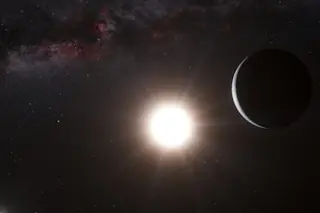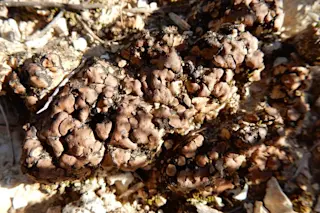As researchers search the cosmos for extraterrestrial life, it's important to look for more than life-friendly planets. Another crucial factor in whether life can survive is the star those planets orbit.
In recent years, some astronomers have suggested that a type of dwarf star, called K dwarfs, may offer a “sweet spot” for hosting life-friendly planets. Now, a group of researchers has studied a large batch of these red dwarfs to better understand their properties. They also evaluated how hospitable known exoplanets around K dwarfs may be for life.
They might actually be our best bet. The researchers suggest that K dwarfs may be the most promising type of star for hosting habitable planets.
They presented their findings Wednesday at the 235th meeting of the American Astronomical Society in Honolulu.
K dwarfs are a type of red dwarf — stars smaller and redder than our sun and other “G-type” stars. ...














